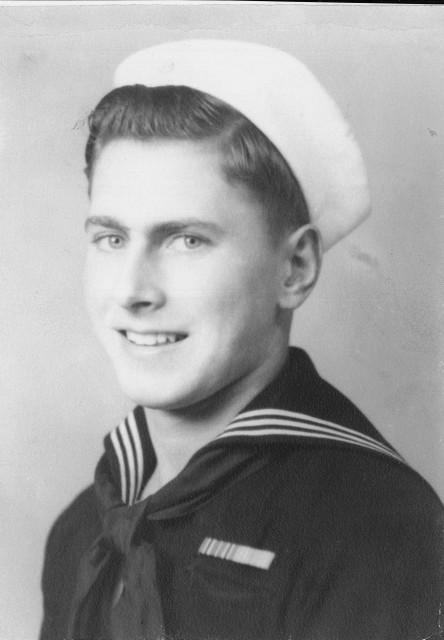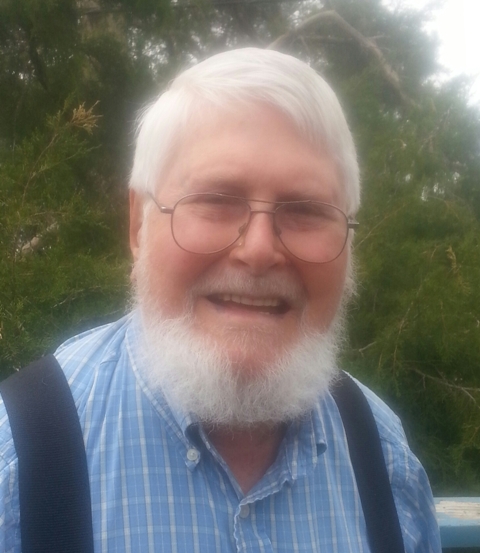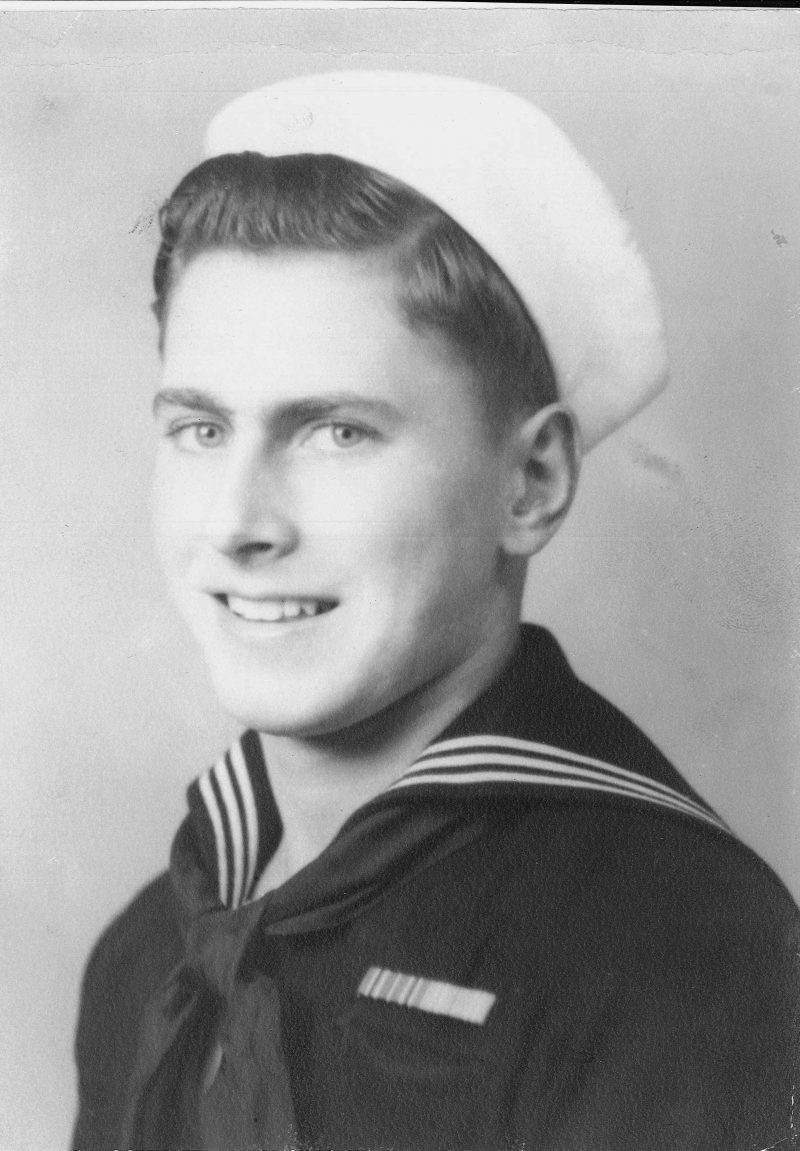
By Jeremy P. Amick
With a slight accent revealing his northern upbringing, mid-Missouri resident Walter Evenson recounted his journey from childhood to service in the Navy, with an added collection of experiences in-between—all of which helped influence his final calling as a Lutheran pastor.

A young boy coming to age in Minnesota, Evenson, 87, memorized various scriptures from the Bible, but did not fully appreciate the value of the material he was learning.
This would soon change as the country became involved in the Second World War, placing the young man in situations that would provide him a better understanding of these early faith-based lessons.
Graduating from high school in 1944, Evenson said, “I knew that I was going to be drafted into the Army, so I went ahead and enlisted in the Navy … I guess because my dad had served in the Navy during World War I.”
He was sent to Great Lakes, Ill., for his basic training, and a few weeks later traveled to Camp Shoemaker near Oakland, Calif., where he reported for duty aboard his first ship.
“They put me on the USS Harris,” Evenson explained. According to online naval records, the Harris was a commercial passenger ship built in 1921 and later converted into a troop ship during World War II.
“That ship was called ‘APA-2’—the number on the front of it,” said Evenson. “It stood for ‘auxiliary personnel attack’ and we would use it as a troop carrier to bring soldiers to the islands where fighting was taking place (in the South Pacific).”
Evenson, an inexperienced sailor with little more than initial training to his credit, boarded the ship on May 8, 1945, the day the war in Europe ended.
On his first mission aboard the vessel, Evenson and the crew sailed out of Oakland with 1,500 soldiers destined for Okinawa to join the forces already there fighting the Japanese.
His primary duty, the former sailor explained, was in the crow’s nest of the ship watching for enemy aircraft and periscopes in the water, which might denote the presence of submarines.
While at sea, he carried a small New Testament Bible with him and began studying the scriptures he had first begun learning many years earlier. This time, he asserts, the meaning behind the words became more profound.
“I read the stories I had reviewed as a kid, but this time they really had meaning … it really began to affect me.”
Though his study of the scripture continued in his down time, Evenson and his fellow servicemembers spent the next several months traveling to locations throughout the South Pacific, picking up and transporting troops in support of battles and campaigns.
In early August 1945, they were ordered to follow the fleet to Tokyo Bay to prepare for the invasion of the Japanese mainland, but on August 6, 1945, the crew learned that the atomic bomb was dropped on Hiroshima.
Days later, the Japanese surrendered following the bombing of Nagasaki, yet Evenson’s ship continued its journey to Tokyo Bay.
“We arrived on September 8 (1945), just after the Japanese signed the surrender on the USS Missouri,” the veteran said. “It was amazing … just amazing, to see all the cruisers, destroyers—huge ships—together in the bay.”
During the next several weeks, the USS Harris participated in several more troop transport missions, which included locations in China and the Philippines, in addition to riding out a typhoon.
In December 1945, the ship sailed to California and Evenson was granted a brief period of leave. Shortly after he returned from leave, he was assigned to the USS Dixie and served aboard the destroyer tender until his discharge in July 1946.
The next several years were full of activity for the veteran as he utilized his GI Bill in pursuit of his education. In 1955, he completed his education when he graduated from Luther Seminary in St. Paul, Minn., with a bachelor’s degree in theology.
He and his wife Joyce (whom he met and married while in seminary) traveled to Tanzania the fall after his seminary graduation to spend the next three and a half years as missionaries.
After returning to the states in 1959, he went on to serve as a Lutheran pastor for churches in South Dakota, Kansas and Missouri, eventually retiring to the mid-Missouri area in 1992 after nearly three decades in the ministry.
“When I was on the ship,” Evenson said, while discussing the impact of his naval service, “I can still remember me and the fellas sitting around—especially after supper—talking about different things … like the church and our Christian faith.
“I remember saying that if there is a God, I want to be right with him, and if there is a heaven, I want to go there.”
He added: “The Navy brought me in contact with many good people who helped reinforce my desire to continue to build my faith, and also provided me with the experiences which eventually led me to the ministry.”
Jeremy P. Ämick writes on behalf of the Silver Star Families of America
Jeremy P. Amick
Public Affairs Officer
Silver Star Families of America
www.silverstarfamilies.org
Cell: (573) 230-7456
